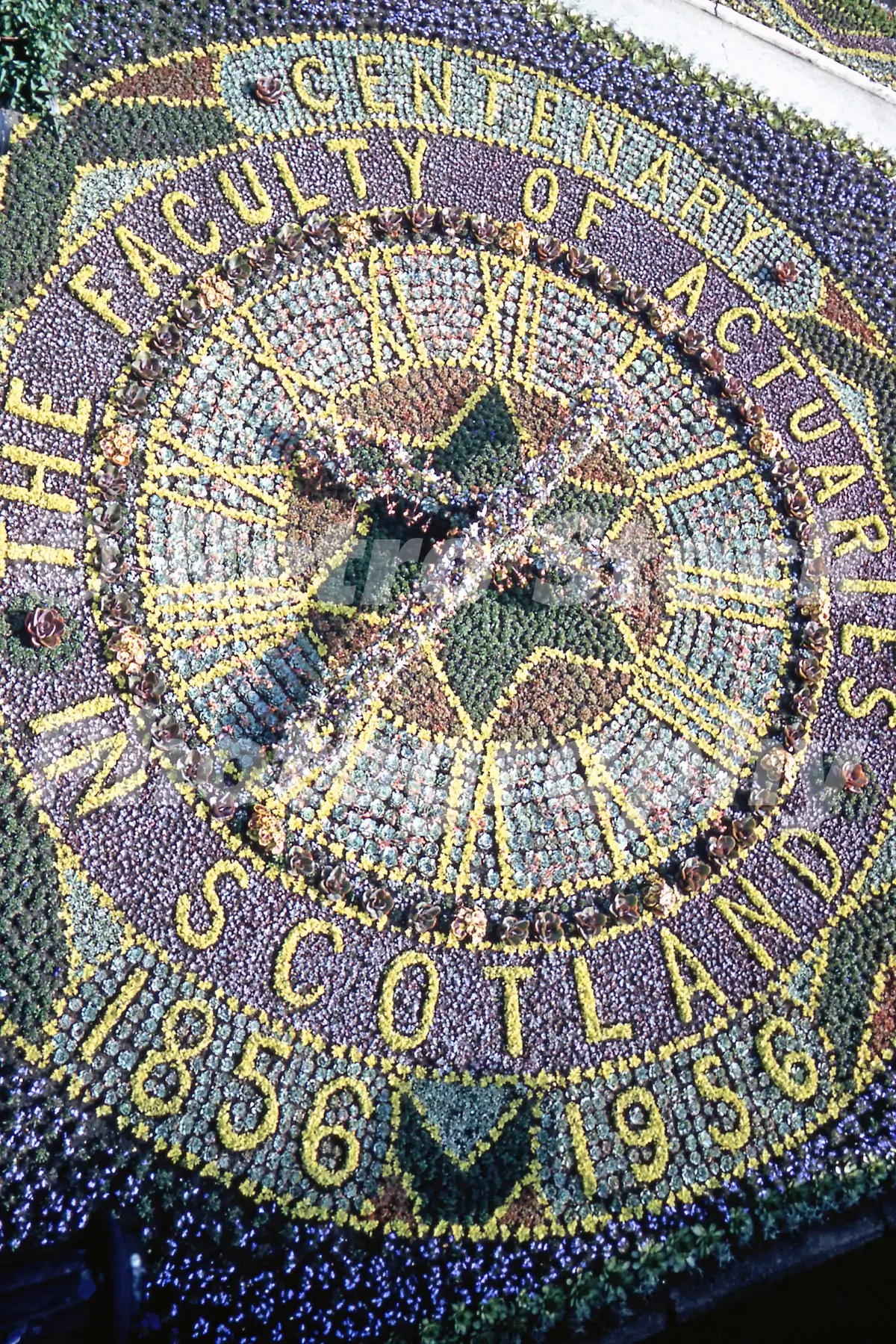Nestled in the heart of Princes Street Gardens, beneath the shadow of the towering Scott Monument, lies one of Edinburgh’s most enchanting and unusual landmarks—the Floral Clock. Created over a century ago, this fully functioning timepiece made entirely of flowers is a perfect blend of Victorian ingenuity, civic pride, and horticultural artistry.
The World’s First Floral Clock
The Edinburgh Floral Clock was the first of its kind in the world. It was first planted in 1903 by James McHattie, the city’s park superintendent, and John McHattie, the clockmaker. The concept was inspired by a similar floral feature seen at the 1900 Paris Exhibition, but the Edinburgh version took things a step further by being fully mechanical and telling the time.
The clock was constructed into a sloped bank on the western edge of the gardens, allowing for clear visibility from the pavement above. Its hands and dial were powered by a clock mechanism originally housed below the ground. In its first season, only the hour hand was functional; the minute hand was added the following year.
Mechanics and Maintenance
The mechanism was originally driven by clockwork, later upgraded to electric power in 1973. The hands of the clock, made of lightweight metal, were designed to carry weight without disturbing the mechanism—no small feat considering they were often covered in living plants.
Each year, the face is replanted with a new design using over 30,000 plants, including colourful carpet bedding plants such as lobelia, golden moss, and echeveria. The process takes several weeks, and the clock usually begins keeping time by late spring and continues until autumn.
Annual Themes and Tributes
The Floral Clock is not just a horticultural wonder; it has also been used to commemorate historic events, anniversaries, and causes. Each year, it features a unique theme—past designs have honoured the Royal Air Force, the Queen’s Jubilee, NHS workers, and local charities.
In 2023, for example, the clock celebrated the 100th anniversary of the Flying Scotsman, the legendary steam locomotive. These changing designs reflect Scotland’s evolving history and values, making the clock both a living timepiece and a seasonal work of art.
A Model for the World
Edinburgh’s Floral Clock was the first, but it was far from the last. Its success inspired other cities around the world—from Zurich to Sydney—to create their own versions. However, few match the originality and setting of the original in Princes Street Gardens.







Reviews
There are no reviews yet.